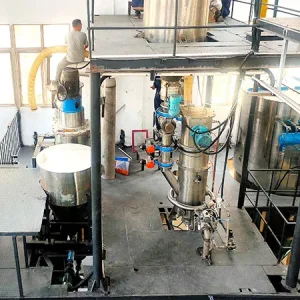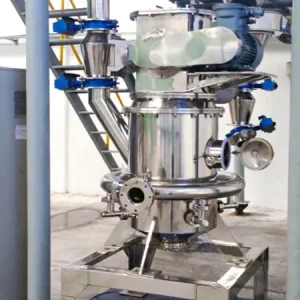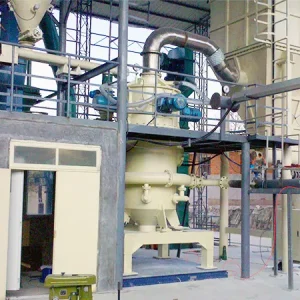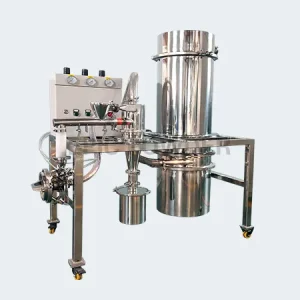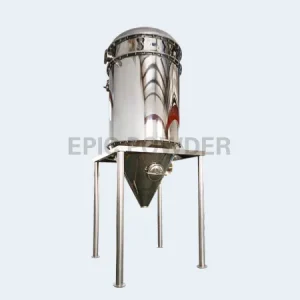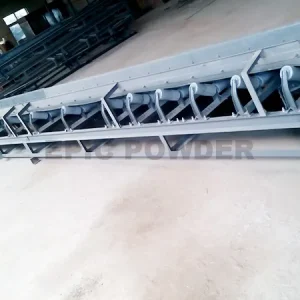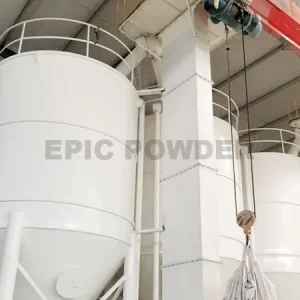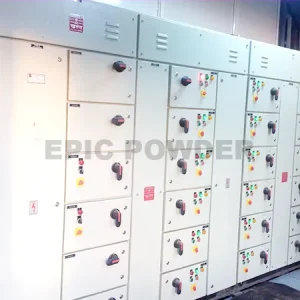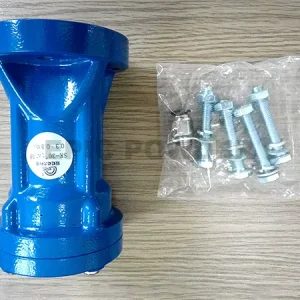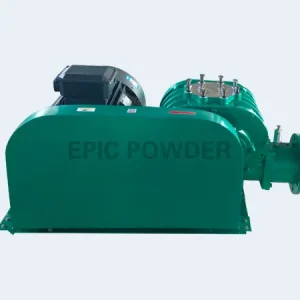Auxiliary equipment
Jet mill-related auxiliary equipment refers to the equipment that is used together with a jet mill to enhance its performance and efficiency. These auxiliary equipment play a crucial role in the overall operation of the jet mill, ensuring that the milling process is smooth and effective.
Jet mills are widely used in the pharmaceutical, chemical, and food industries for the micronization of powders. While jet mills are the main equipment used in these industries, there are several auxiliary pieces of equipment that are essential to their operation. In this article, we will discuss some of the most important jet mill-related auxiliary equipment.
1. Air compressors
Air compressors are essential for the operation of jet mills as they provide the necessary compressed air to power the mill. The compressed air is used to create a high-speed jet of particles that is then directed towards the material to be micronized. The air compressor must be capable of providing a consistent flow of compressed air at the required pressure to ensure the jet mill operates efficiently.
2. Air classifiers
Air classifiers are used to separate the micronized particles from the air stream. The air stream containing the micronized particles is directed through the air classifier, which separates the particles based on their size and density. The separated particles are then collected in a separate container for further processing. Air classifiers are essential for ensuring that the micronized particles are of the desired size and quality.
3. Dust collectors
Dust collectors are used to remove any dust or debris that is generated during the micronization process. This is important for maintaining a clean and safe working environment. Dust collectors come in different sizes and configurations depending on the size of the jet mill and the amount of dust generated. They are designed to capture and contain the dust particles, preventing them from escaping into the surrounding environment.
4. Feeding systems
Feeding systems are used to introduce the material to be micronized into the jet mill. They must be designed to provide a consistent and controlled feed rate to ensure that the jet mill operates efficiently. Feeding systems can be gravity-fed or can use mechanical devices such as screw feeders or vibratory feeders.
5. Control systems
Control systems are used to monitor and control the operation of the jet mill and its auxiliary equipment. They can be simple or complex depending on the level of automation required. Control systems are essential for ensuring that the jet mill operates safely and efficiently.
In conclusion, jet mills are a crucial piece of equipment in many industries, and their operation relies on several auxiliary pieces of equipment. Air compressors, air classifiers, dust collectors, feeding systems, and control systems are all essential for ensuring that the jet mill operates safely and efficiently.
